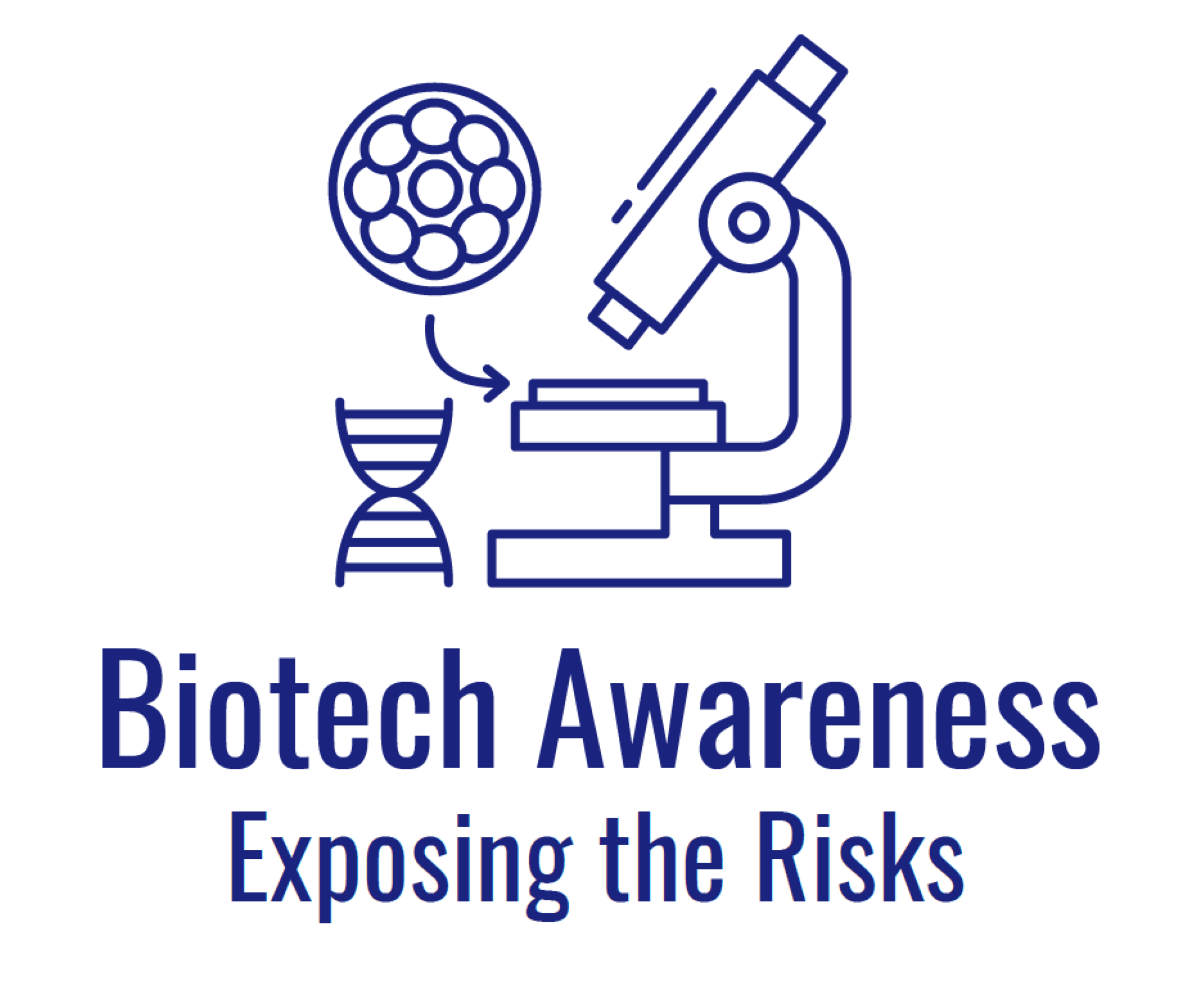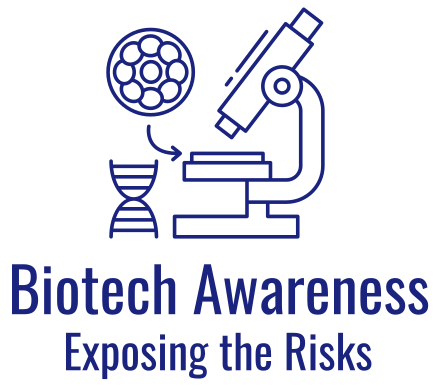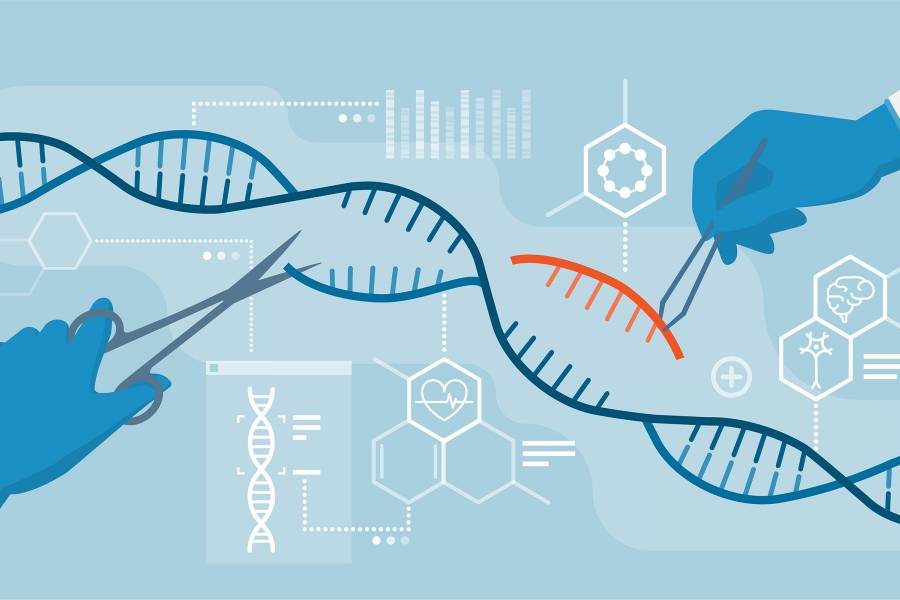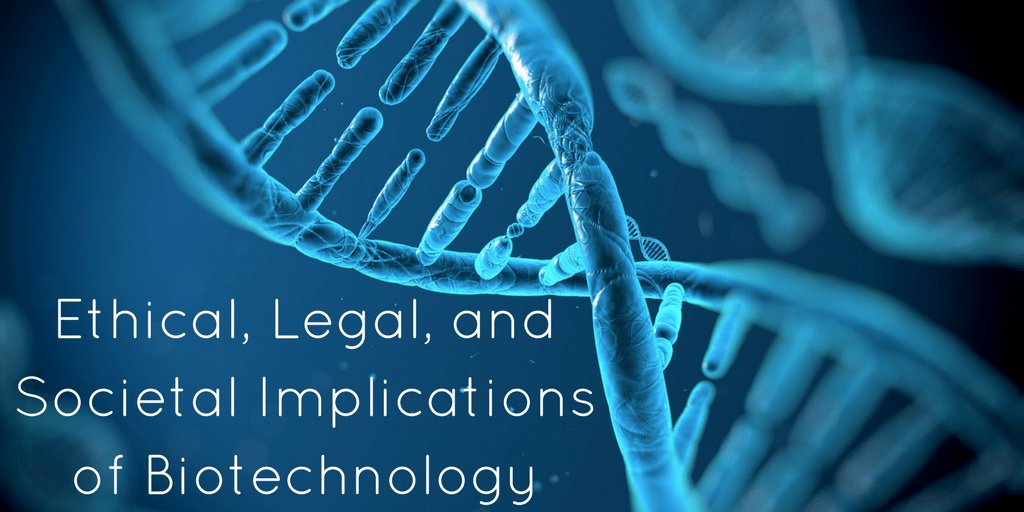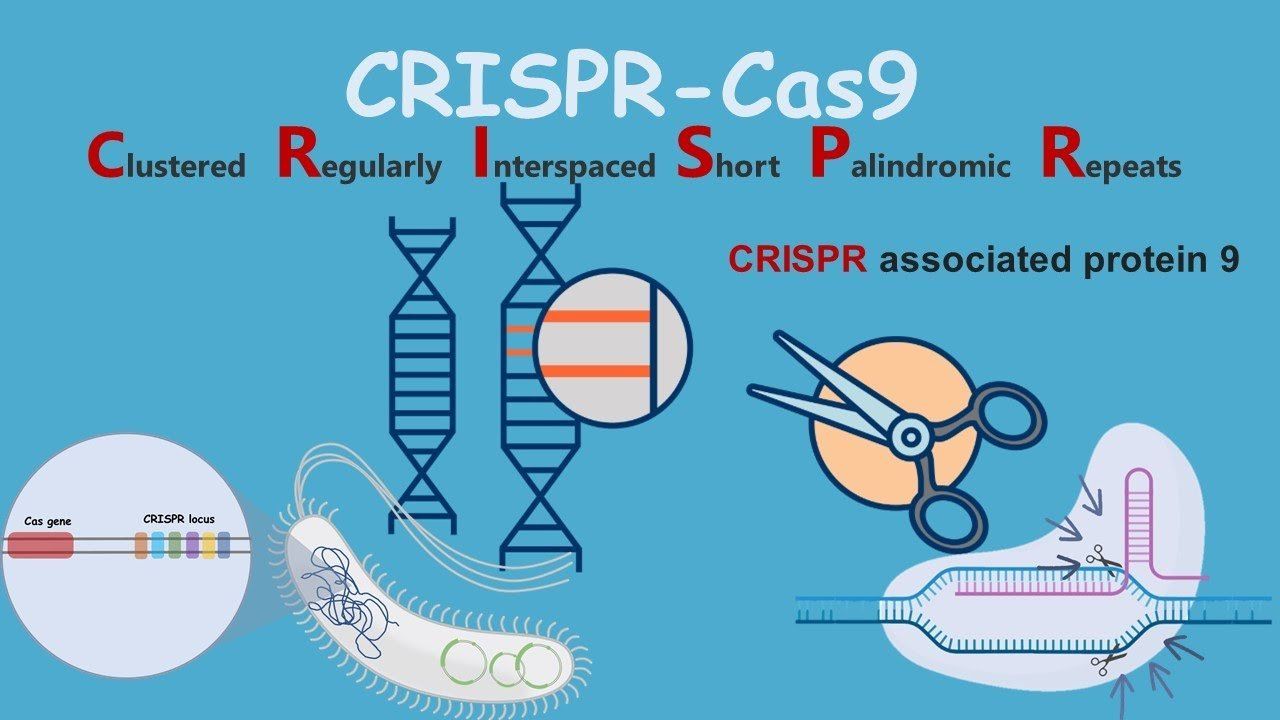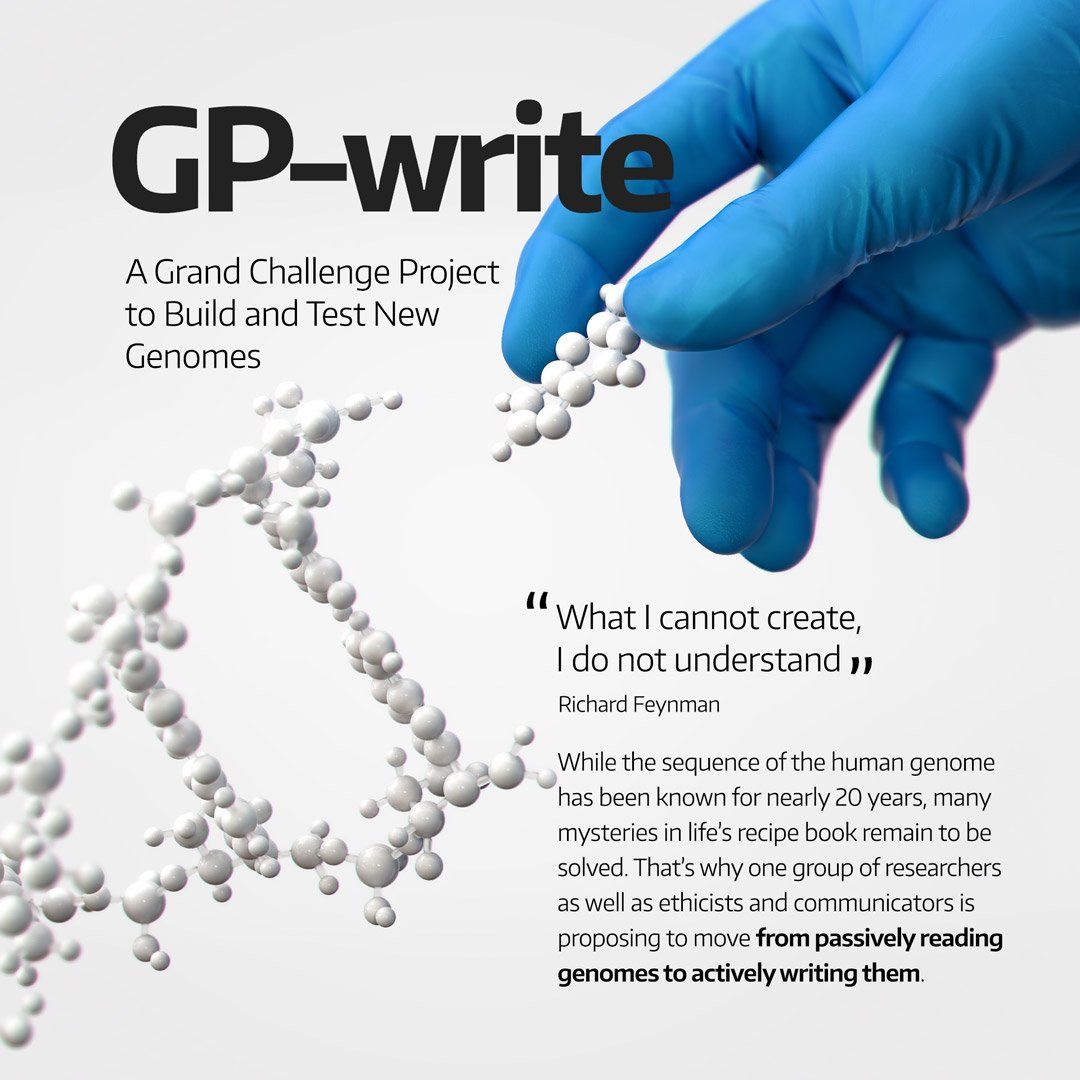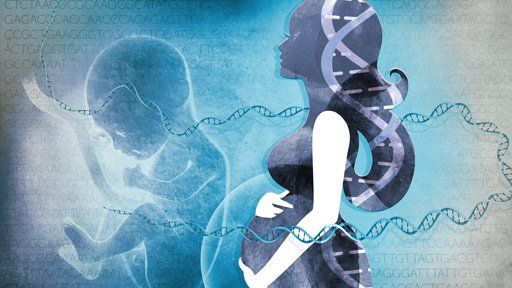Ethical Risks
Ethical Risks
Biotechnology doesn’t have to be deadly, or even dangerous, to fundamentally change our lives. While humans have been altering genes of plants and animals for millennia — first through selective breeding and more recently with molecular tools and chimeras — we are only just beginning to make changes to our own genomes (amid great controversy).
Cutting-edge tools like CRISPR/Cas9 and DNA synthesis raise important ethical questions that are increasingly urgent to answer. Some question whether altering human genes means “playing God,” and if so, whether we should do that at all. For instance, if gene therapy in humans is acceptable to cure disease, where do you draw the line?
Among disease-associated gene mutations, some come with virtual certainty of premature death, while others put you at higher risk for something like Alzheimer’s but don’t guarantee you’ll get the disease. Many others lie somewhere in between.
How do we determine a hard limit for which gene surgery to undertake, and under what circumstances, especially given that the surgery itself comes with the risk of causing genetic damage?
Scholars and policymakers have wrestled with these questions for many years, and there is some guidance in documents such as the United Nations’ Universal Declaration on the Human Genome and Human Rights.
Advances in biotechnology are escalating the debate, from questions about altering life to creating it from scratch. For example, a recently announced initiative called GP-Write has the goal of synthesizing an entire human genome from chemical building blocks within the next 10 years.
The project organizers have many applications in mind, from bringing back wooly mammoths to growing human organs in pigs. But, as critics pointed out, the technology could make it possible to produce children with no biological parents, or to recreate the genome of another human, like making cellular replicas of Einstein.
“To create a human genome from scratch would be an enormous moral gesture,” write two
bioethicists regarding the GP-Write project. In response, the organizers of GP-Write insist that they welcome a vigorous ethical debate, and have no intention of turning synthetic cells into living humans. But this doesn’t guarantee that rapidly advancing technology won’t be applied in the future in ways we can’t yet predict.
And what about ways that biotechnology may contribute to inequality in society? Early work in gene surgery will no doubt be expensive. For example, Novartis plans to charge $475,000 for a one-time treatment of their recently approved cancer therapy, a drug which, in trials, has rescued patients facing certain death.
Will today’s income inequality, combined with biotechnology tools and talk of ‘designer babies’ and human cloning, lead to tomorrow’s permanent underclass of people who can’t afford genetic enhancement?
Learn more about "The Good, the Bad and the Deadly: The Dark Side of Biotechnology," in an article by Nicholas G. Evans, published May 15, 2011.
Laboratory Safety Institute (LSI) resources
Lab Safety Courses
LSI offers on-line, in person and customized classes including Lab Safety Boot Camp, Biosafety in the Laboratory, Developing a More Effective Lab Safety Program, etc.
Lab Safety Guidelines
LSI's Lab Safety Guidelines have been translated into 22 languages and over six million copies have been distributed. You can request a copy.
Lab Safety Videos
LSI has educational and informative videos on a variety of topics including Assessing Risk of Toxic Chemicals, Chemical Hazards, Emergency Response, etc.
Lab Safety Resources
There are many additional resources available regarding laboratory safety. Here are just a few options: U.S. Centers for Disease Control and Prevention (CDC), Lab Safety Specialists, National Institutes of Health (NIH), Stanford Biosafety and Security and Western University,
In June 2020, the CDC and NIH published a 604-page comprehensive guide on laboratory safety titled "Biosafety in Microbiological and Biomedical Laboratories (BMBL) 6th Edition."
SPREAD THE WORD. RAISE AWARENESS ABOUT RISKS IN THE BIOTECH INDUSTRY.
FAIR USE NOTICE: This site may contain copyrighted material the use of which has not always been specifically authorized by the copyright owner. We are making such material available in our efforts to advance the understanding of environmental, political, human rights, economic, democracy, scientific and social justice issues. We believe this constitutes a 'fair use' of any such copyrighted material as provided for in section 107 of the US Copyright Law. In accordance with Title 17 U.S.C. Section 107, the material on this site is distributed without profit to those who have expressed a prior interest in receiving the included information for research and educational purposes.
